REVIEW – The Legacy of Kain series stands as one of the most iconic franchises of the late 1990s and early 2000s. With the HD revival of Legacy of Kain: Soul Reaver 1 & 2 Remastered by Aspyr, players once again step into the shadowy shoes of Raziel, a fallen vampire turned wraith. His journey is a dark odyssey to defeat his siblings, confront his tyrannical father, and escape the clutches of the underworld. The game’s gothic atmosphere and late-’90s “edgy” charm still captivate, with a timeless aesthetic that draws you in effortlessly. However, even this remaster couldn’t entirely mask the original’s sluggish pacing and dated level design. At times, playing Soul Reaver feels like wandering the circles of hell alongside Raziel himself—but that’s precisely what makes the experience so unique and memorable, even today.
Aspyr’s Legacy of Kain: Soul Reaver 1 & 2 Remastered is another strong effort from a studio that values both quality and authenticity. Although relatively new to the world of game remastering, Aspyr has already earned players’ respect. Following their earlier success with Tomb Raider I-III Remastered, they’ve proven once again that they know how to strike the delicate balance between modernization and preserving the soul of a classic. Beyond the dramatic visual improvements, most of the elements and charm of Soul Reaver remain untouched, keeping the beloved gothic atmosphere intact.
Gothic Brilliance That Still Resonates
From the moment you start either game, it’s easy to see why the Soul Reaver series became a legend. The iconic, occasionally clunky yet endearing pre-rendered 3D cutscenes immediately set the tone. Whether it’s Raziel’s banishment to the underworld or the sequel’s continuation of the first game’s cliffhanger, the gothic atmosphere grabs you from the get-go.
This mood permeates the entirety of both titles. Take the temple corridors you explore early in Soul Reaver 2: while battling monsters, vampires, and crossbow-wielding zealots, you’re enveloped in a gritty, oppressive style that’s nearly extinct in modern gaming. Older players might recall the early 2000s when Devil May Cry AMVs with Papa Roach soundtracks were all the rage—that’s the kind of gothic prestige and melancholic tone these games exude so effectively.
While the original Soul Reaver games were visual standouts in their day, this remaster only amplifies their strengths. Raziel’s design now boasts rich details, shedding the pixelated look of old for a sharper, brooding aesthetic. Higher-resolution tapestries, enhanced cracks in walls, and refined brick textures add depth to the environments. Most notably, puzzles are more intuitive, with subtle lighting and texture changes providing visual feedback when you solve them correctly.
For those nostalgic for the original visuals, the remaster offers a classic solution: with a single button press, you can toggle between the remastered and original graphics. This thoughtful feature ensures that purists and new players alike can appreciate the Soul Reaver experience.
A Technological Triumph Ahead of Its Time
The Soul Reaver duology was revolutionary when it first launched. Despite the limitations of the original PlayStation and PS2 hardware, these games introduced mechanics we now take for granted. The ability to shift between the material world and the spectral realm was groundbreaking, offering players a glimpse of the future of gaming. These transitions—through hidden loading screens and parallel environments warped by supernatural elements—set the stage for later innovations seen in titles like Portal and The Medium.
It’s clear that Soul Reaver needed to take bold strides to leave its mark. Developed by Crystal Dynamics and initially released as a PlayStation exclusive, the game was intended as Sony’s answer to Nintendo’s The Legend of Zelda—albeit with a much darker and more brooding twist. While the series never reached mainstream success, the Soul Reaver games achieved cult classic status, becoming an unforgettable chapter in gaming history.
Playing these games today, it’s evident that their charm hasn’t faded. The old flaws, such as repetitive environments and obscure progression paths, are still there. Yet these shortcomings can’t overshadow the revolutionary spirit that defines the Soul Reaver duology.
Battles, Spears, and Soul-Sucking Glory
Thankfully, Legacy of Kain: Soul Reaver 1 & 2 Remastered retains the core combat mechanics, only refining the control scheme for a smoother experience. You’ll still play as Raziel, scavenging spears, torches, and other objects to dispatch vampires, monsters, and other enemies. To ensure these creatures stay down for good, Raziel performs one of gaming’s most brutal finishing moves: removing his mask to devour their souls. Even today, it’s one of the most memorable and surreal gameplay mechanics in gaming history.
Some enemies can only be defeated in the spectral realm, adding another layer of strategy. Carrying over seemingly disposable weapons between locations lets you create a blood-soaked, soul-devouring spectral sword—a versatile and exciting tool of destruction. While the combat doesn’t quite reach the depth of genre-defining titles, Soul Reaver still manages to deliver a uniquely immersive experience.
Yet the series doesn’t escape its flaws. It’s often unclear what the game expects from you. Minimal guidance leaves you wondering whether to revisit previous areas or search for a hidden path to progress. This issue is particularly pronounced in the first game, where progression is often throttled by tedious sliding-block puzzles. Combine this with repetitive environments—cave-like settings and temple walls with little variation—and it’s easy to feel as trapped as Raziel in the underworld.
Thankfully, Soul Reaver 2 learned from these mistakes. Puzzles are less frustrating, and the level design is more intuitive, making it harder to get completely lost. However, the narrative still doesn’t always clearly point you in the right direction. For newcomers, having a walkthrough or guide handy can save you from unnecessary frustration. Trust me—it’s not cheating; it’s preparation.
Two Cult Classics That Deserve to Be Preserved
For all its flaws and dated elements, it’s refreshing that Aspyr left the rough edges intact, choosing to refine rather than overhaul. The worst sin of a remaster or remake is sacrificing the original’s legacy and charm for the sake of modernization. Aspyr struck the perfect balance, delivering a collection that honors the beloved classics while making them more accessible to a modern audience.
This respect extends to the finer details, including restored cut content like previously lost levels and a day-night cycle. These additions give Soul Reaver a new dimension while staying true to its roots. This is the kind of bold, quirky, and creative Zelda-like experience that broke new ground in its time. It’s also worth noting that this was Amy Hennig’s directorial debut, paving the way for her to create the Uncharted series. If there’s any game that deserves to escape the clutches of time, it’s Soul Reaver.
-Gergely Herpai “BadSector”-
Pros:
+ Significant visual improvement that respects the games’ heritage
+ Timeless, early 2000s grim atmosphere
+ Combat and soul-sucking are still satisfying and cool
Cons:
– Both games give poor indication of what to do to progress
– The locations in the first game are a bit monotonous
– Some of the puzzles in the first game are boring
Publisher: Aspyr
Developer: Crystal Dynamics
Style: Action-adventure
Release: December 10, 2024
Legacy of Kain: Soul Reaver 1 & 2 Remastered
Gameplay - 6.1
Graphics - 7.1
Story - 8.1
Music/Audio - 8.2
Ambience - 8.2
7.5
GOOD
Aspyr’s Legacy of Kain: Soul Reaver 1 & 2 Remastered is a valiant effort to revive cult classics, blending significant visual improvements with respectful preservation of their gothic roots. While the gameplay and level design often show their age, the games’ dark atmosphere and unique mechanics still offer a memorable, if flawed, experience. Fans of early 2000s brooding vibes and creative design will find much to appreciate, even if the package isn’t perfect.

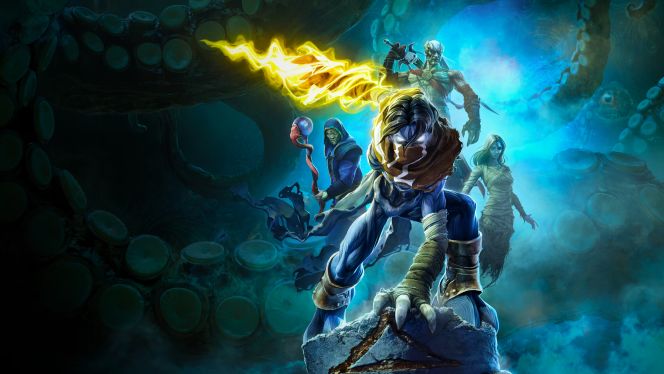
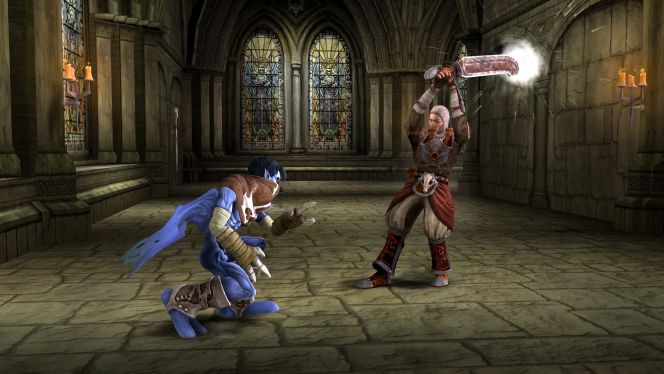
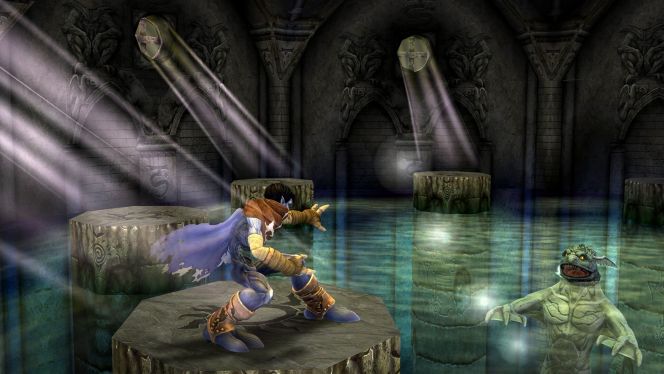
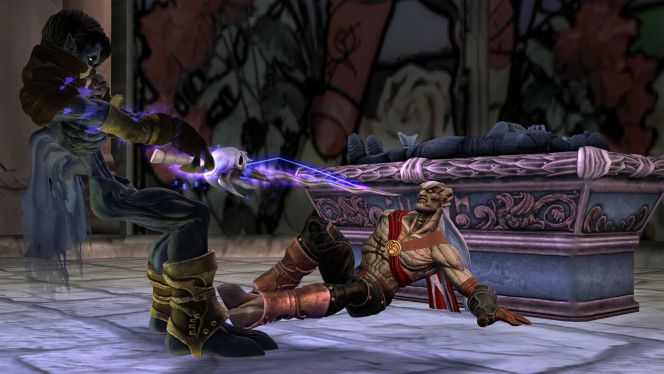









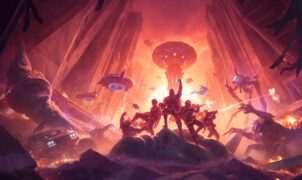




Leave a Reply